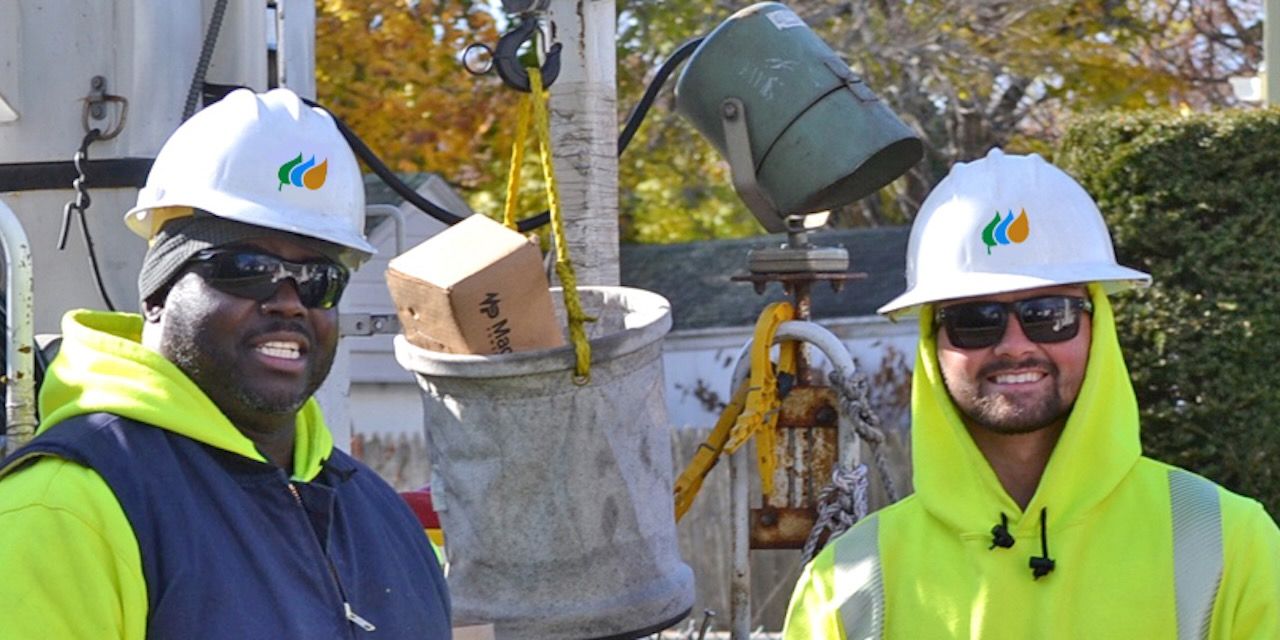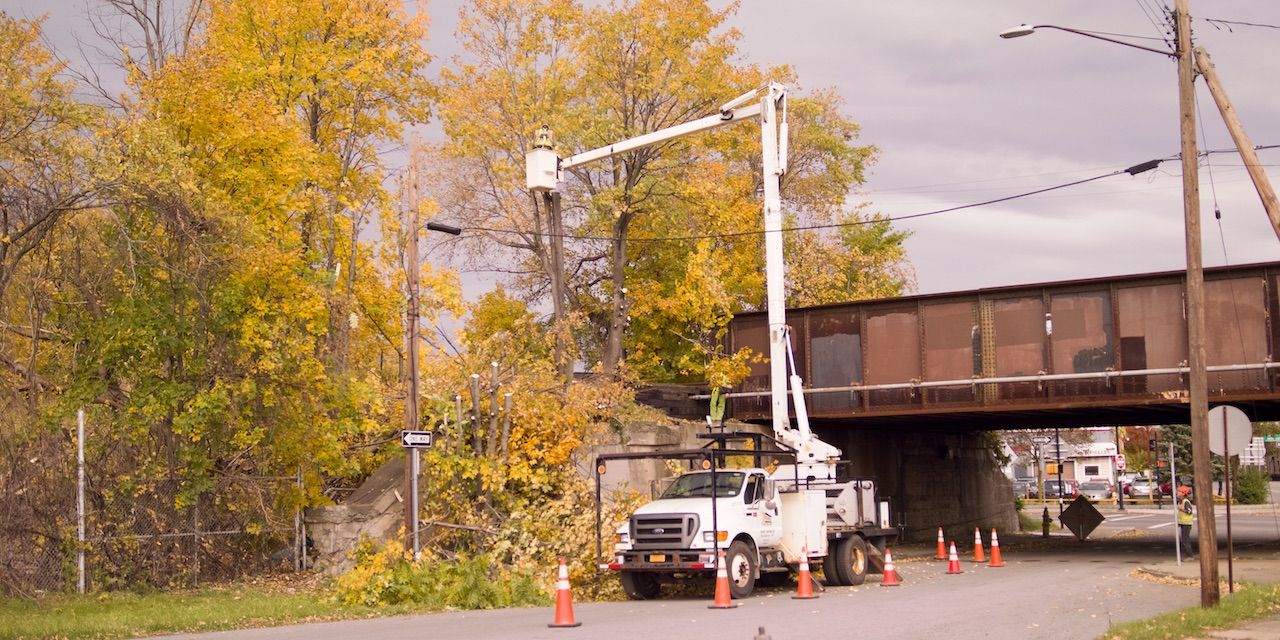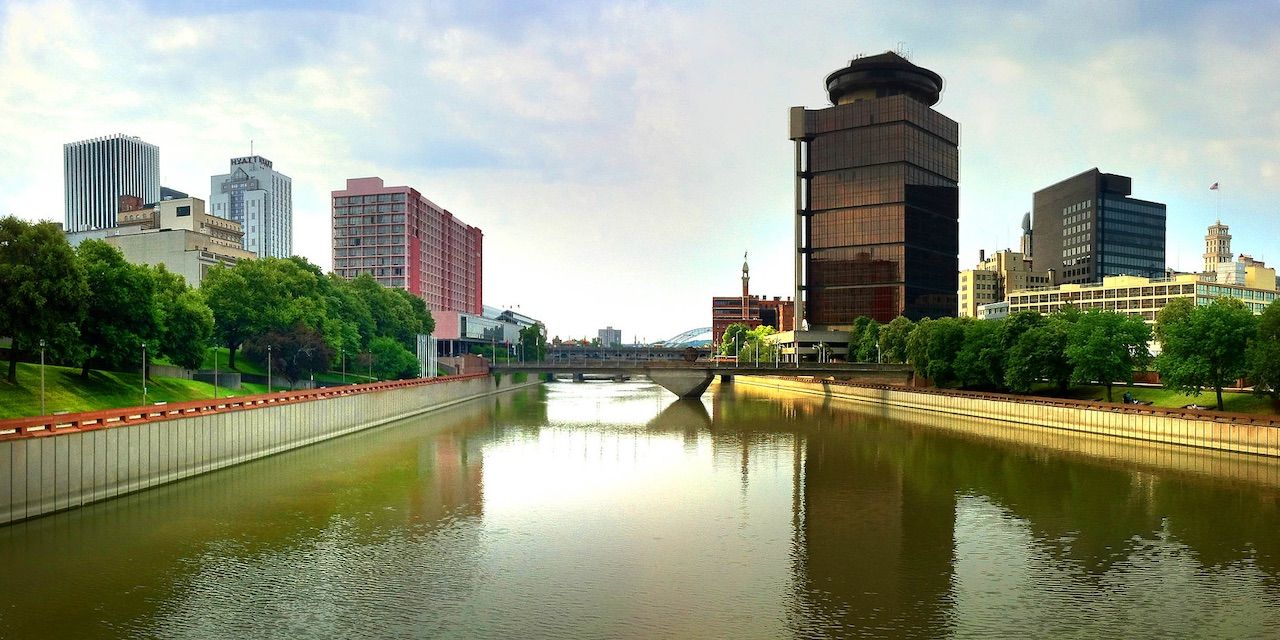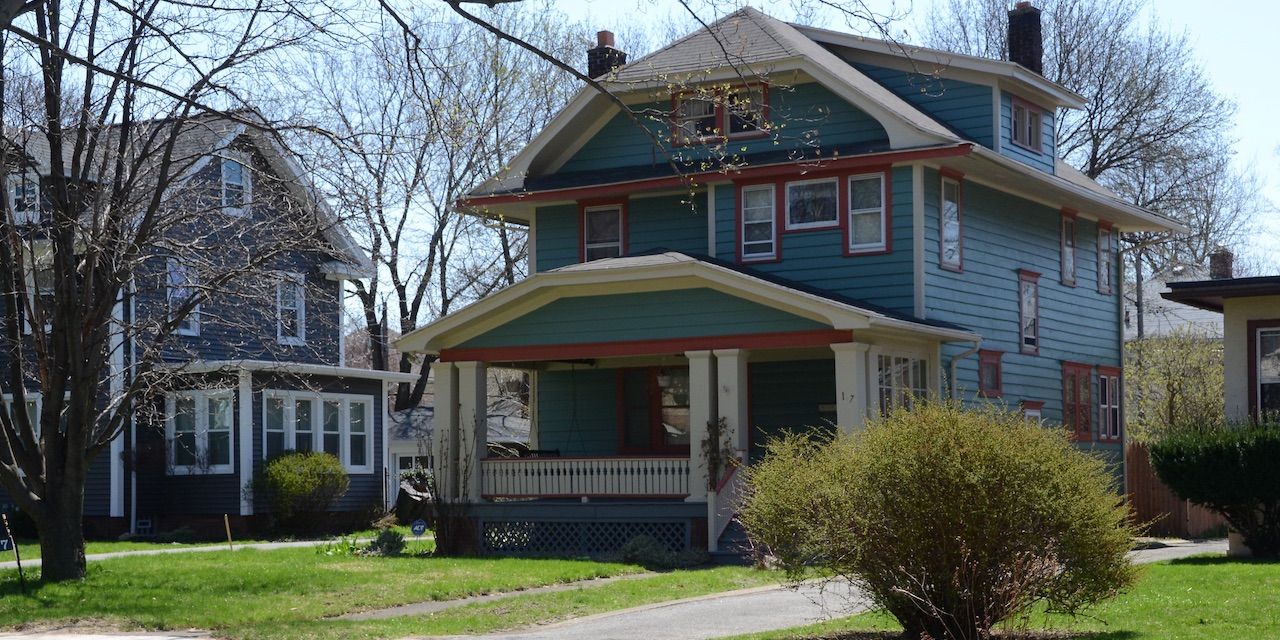About the Rochester Transmission Project Enhancement
Learn more about the project, permitting and the electric system.

Learn more about the project, permitting and the electric system.

Learn more about the construction process.

View our interactive Project map.

No project is successful without the input of the public.